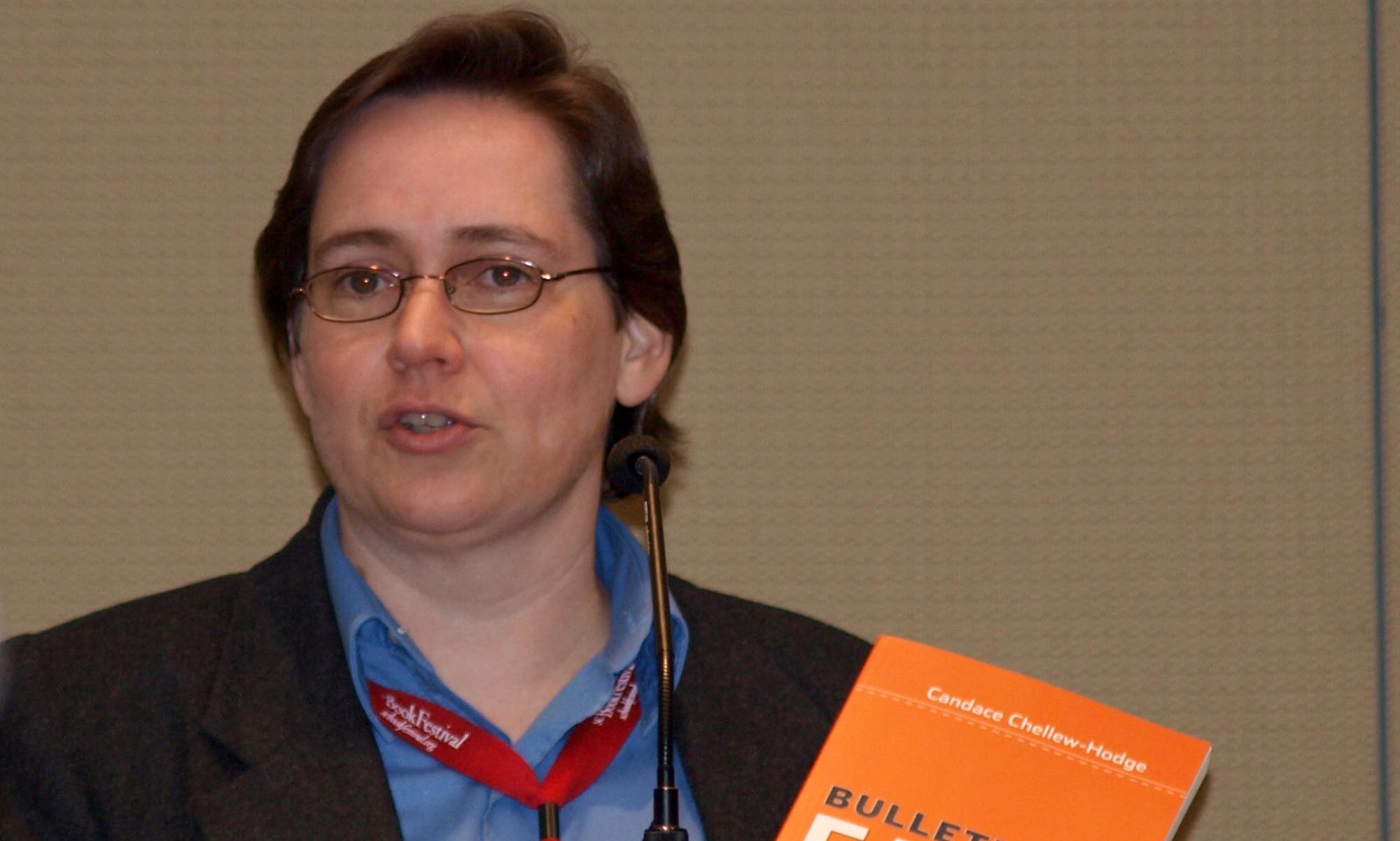Lesson 9: I see nothing as it is now.
I heard a recent interview with A Course in Miracles teacher and author Marianne Williamson where she reiterated that the Course is not a religion. It has no dogma, no creeds, no real theology and doesn’t demand that you believe in anything in particular, except, perhaps a higher power – whether you call that God or the Flying Spaghetti Monster. One of the most profound mischaracterizations of the Course is that it is some woo-woo, New Age, feel good religion where you deny reality and think happy thoughts all day long, every day for the rest of your life.
Nothing could be further from the truth. I have discovered, in the few years that I have done the workbook and read through the text, that the Course is the most challenging spiritual mind training I have ever undertaken.
I can compare it, somewhat, to my experience in seminary. I had been told, before entering my master’s program, that seminary often makes atheists out of otherwise religious people – and I experienced this phenomenon from some of my classmates who became wildly disillusioned with their faith because seminary taught them things that the church simply refuses to teach its members. Mainly because such knowledge – such understanding – requires us first to let go of what we think we already know, and that can be dangerous to church growth.
I likened my seminary time – and my study of the Course – to entering the military. Basic training breaks you in order to rebuild you. It disabuses you of all the notions you may have about who you are and what your place in the universe is all about. I had to let go of so many beliefs, so many things I thought I understood about God, humanity and our purpose here as human beings. I had to let those beliefs go not just to survive seminary, but to build a better way of thinking and perceiving the world – along with discovering how to be a better human who can more fully express their divinity in the world.
My mother, a life-long Southern Baptist and preacher’s wife, told me that if I entered seminary, I would shipwreck my faith. I scoffed at her fear, but it came to pass. I did, indeed, shipwreck my faith. But that fatuous, insufficient, misunderstanding of God that I had called “faith” was in sore need of shipwrecking. Many students didn’t survive the shipwreck and checked out of their education. For those of us who stayed, we built better boats – ones that we knew might also one day need to be shipwrecked and rebuilt.
This is the point of the Course – and today’s lesson – to invite you to shipwreck your faith, to crash it on the rocks of knowledge and wisdom and allow the Holy Spirit to guide you to build a better boat for this moment – one you’re not afraid to shipwreck again and again as your faith and knowledge of God deepens and widens.
“I see nothing as it is now,” could have been my motto going into seminary, where I was certain I knew a thing or two about religion and God – only to realize my vision and understanding of religion in that moment may have been a million miles wide, but it was an inch deep. That’s why it could be uprooted so quickly.
The Course invites us, in today’s lesson, to begin to put down deep spiritual roots – to begin to grasp a nondualistic understanding of Love that can withstand the doubts and fears of the ego. We begin in our material world, which is the domain of the ego, with exercises that invite us to question the meaning of everything we see around us. If we are able to give up our past beliefs and our current understanding about typewriters, coat racks and doors, then we are preparing our hearts and minds to more readily give up our prejudices about the people and power structures around us. We are preparing our minds to see the world more deeply, to be rooted in that Love that sees the beauty in everything right now – regardless of its apparent surface ugliness.
Kickstarter founder Yancey Strickler, in his new book “This Could Be Our Future,” says we’ll never enter a world of cooperative economics or any other system that will rightly serve all humanity until we realize that “all concepts,” from pianos to the shape of the letters we use, “were totally made up by someone just like your or me.”
“The status quo persists,” he writes, “because people continue to wake up and believe in these ideas each day. Or they’re so deeply embedded we don’t recognize them as ideas anymore.”
Today’s lesson invites us to wake up – to see the made-up nature – the illusion – of the world around us, and perhaps, for even just a moment, stop believing in it. When we can see through the objects around us and see that, at one point, they existed only as an idea before taking form, then we can better master our ideas, so that what takes form in this world will only be those ideas that foster Love instead of fear.
The lesson invites us to begin thinking about the true nature of things in our world – the thoughts that have become things – and to consider what (or who) may be behind it all.
As Hafiz writes:
Know the
true nature of your Beloved.
In His loving eyes your every thought,
Word, and movement is always, always
Beautiful.
It is our challenge, through this lesson and the Course, to honor our beautiful true, divine nature and make our thoughts, words and movements bring more light into the darkness of the ego’s illusion.
Reference: Strickler, Yancey: This Could Be Our Future: A Manifesto for a More Generous World, Viking, 2019.

